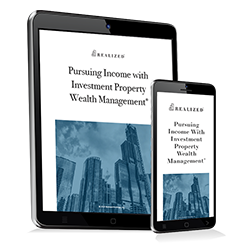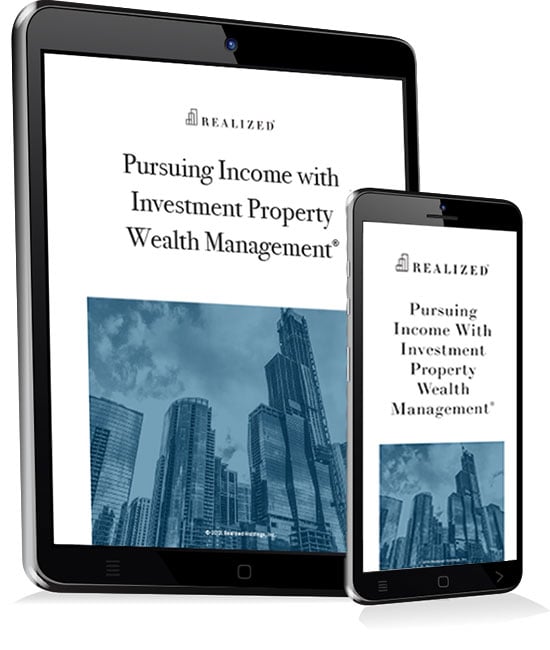
Most people associate 401(k)s with retirement planning, but one-fifth of workers are actually covered under 403(b) plans. Collectively, these U.S. employees have banked close to one trillion in savings.
In this article we’ll take a look at how 403(b) plans work, as well as discuss the similarities between 403(b) plans and traditional 401(k)s. These plans can help retirees bridge the retirement income gap by providing crucial savings that can be used to supplement Social Security and other income in the retirement years.
What is a 403(b) Plan?
These plans, often called tax-sheltered annuities (TSA), are commonly offered by public school districts -- more than 8 million educators are saving for their retirement years by participating in 403(b) retirement plans. The market segment accounts for about 8 percent of all U.S. retirement wealth.
Additionally, 403(b) plans are commonly offered to employees at tax-exempt organizations such as nonprofits schools and colleges, churches and other religious establishments, private foundations, and political organizations. These plans were established in 1958, and in 1974 participants were allowed to invest in mutual funds through their 403(b) plans.
This demographic depends on employer-sponsored pension plans, 403(b) and 457(b) defined-contribution plans, to create wealth for their retirement years. For many educators, 403(b) retirement plans are a crucial element of retirement planning since 15 states don’t require teachers to pay into Social Security.
According to the National Association of State Retirement Administrators, about 40 percent of U.S. teachers aren’t covered through Social Security. For these workers, the lack of social security benefits is expected to be offset by their state pension or 403(b) retirement plans -- there are federal provisions and rules that block public and state employees from collecting both pensions and Social Security benefits.
How does a 403(b) plan differ from a 401(k)?
Like a 401(k), contributions to your 403(b) are exempt from taxation. You will have to pay taxes on contributions when the money is paid out, but if you wait until retirement you could be in a lower tax bracket, which reduces your overall tax liabilities on the money you’ve saved and compounded.
Your 403(b) retirement plan should provide access to a wide range of passive investment options, including ETFs, bonds, and stocks. A diversified pool of assets can help buffer your investments against cyclical market swings as well as manage risk. Consider investment choices guided by factors such as your current age and expected retirement age.
Like 401(k)s, many 403(b) plans offer employer-matching contributions -- always take advantage of this option when it’s available. Key differences from 401(k)s include the potential to make much larger annual contributions, and fewer restrictions and penalties if you need to access 403(b) savings prior to retirement.
Ways to Increase Your Options for Generating Wealth
Educators and others who make regular contributions to 403(b) savings plans are taking strides to provide adequate funds for their retirement years. But is it enough to completely close the retirement income gap?
These retirement plans are popular investment vehicles for tens of millions of Americans, but many educators still might be left short of funds to maintain their current lifestyles in retirement. If you see any potential fiscal deficiencies from the potential returns generated from your 403(b) retirement plan, you also could consider alternative passive investment strategies to create additional wealth.
Some investors add real estate to their portfolios as a means to build additional wealth for use during their golden years. Investments could be something simple such as a residential rental property or interests in a professionally managed Delaware Statutory Trust (DST). DSTs allow investors to buy fractional shares of institutional-quality assets that can provide potential monthly cash flow and asset appreciation.
If you are planning for your retirement years, and you see potential deficiencies in your 403(b) retirement income perspective, you should examine your portfolio and the potential to add investments in alternative assets that can help you pursue additional long-term returns and potential cash flow.



